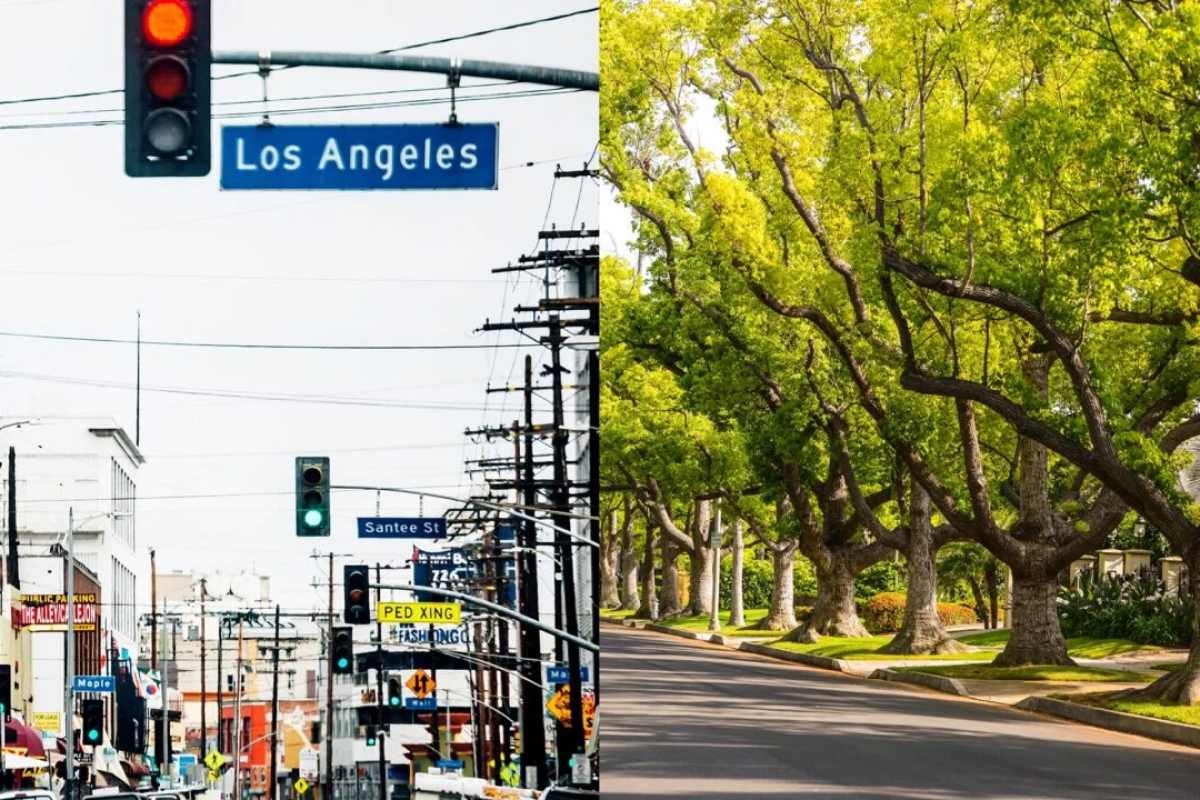Multiple studies show that low-income and minority communities bear the brunt of climate change. A new study by researchers at the USC Dornsife College of Letters Arts and Sciences now sheds light on another climate-related risk: daily temperature variation (DTV) and how it contributes to health inequalities in the U.S.
Previous research has linked large temperature swings throughout each 24-hour day to increased risk of illness and death — especially among the elderly and young children — as the body experiences stress due to rapid temperature changes that impact cardiovascular and respiratory health.
However, the effect of DTV on health inequality is less understood, particularly in the U.S.
Using satellite data, the USC Dornsife team found that minority and low-income communities experienced greater DTV than white communities across all 50 states.
“In general, scientists and researchers give a lot of attention to rising temperatures, heat waves and what’s called the ‘heat island effect,’ but not much attention has been paid to the fluctuation of temperature throughout a day,” said Emily Smith-Greenaway, professor of sociology and spatial sciences at USC Dornsife. “Our foundational work provides a broad stroke, a descriptive portrait, that touches on a new area of climate science emphasizing how erratic temperature can be, who it impacts the most, and how.”
The study, published May 21 in PNAS Nexus, examined three sociodemographic characteristics — race and ethnicity, income and age — to determine which populations in all 50 states and the District of Columbia are most vulnerable to large DTV.
